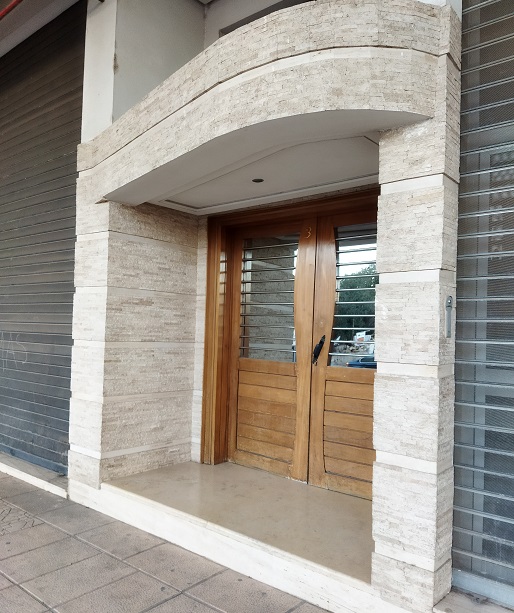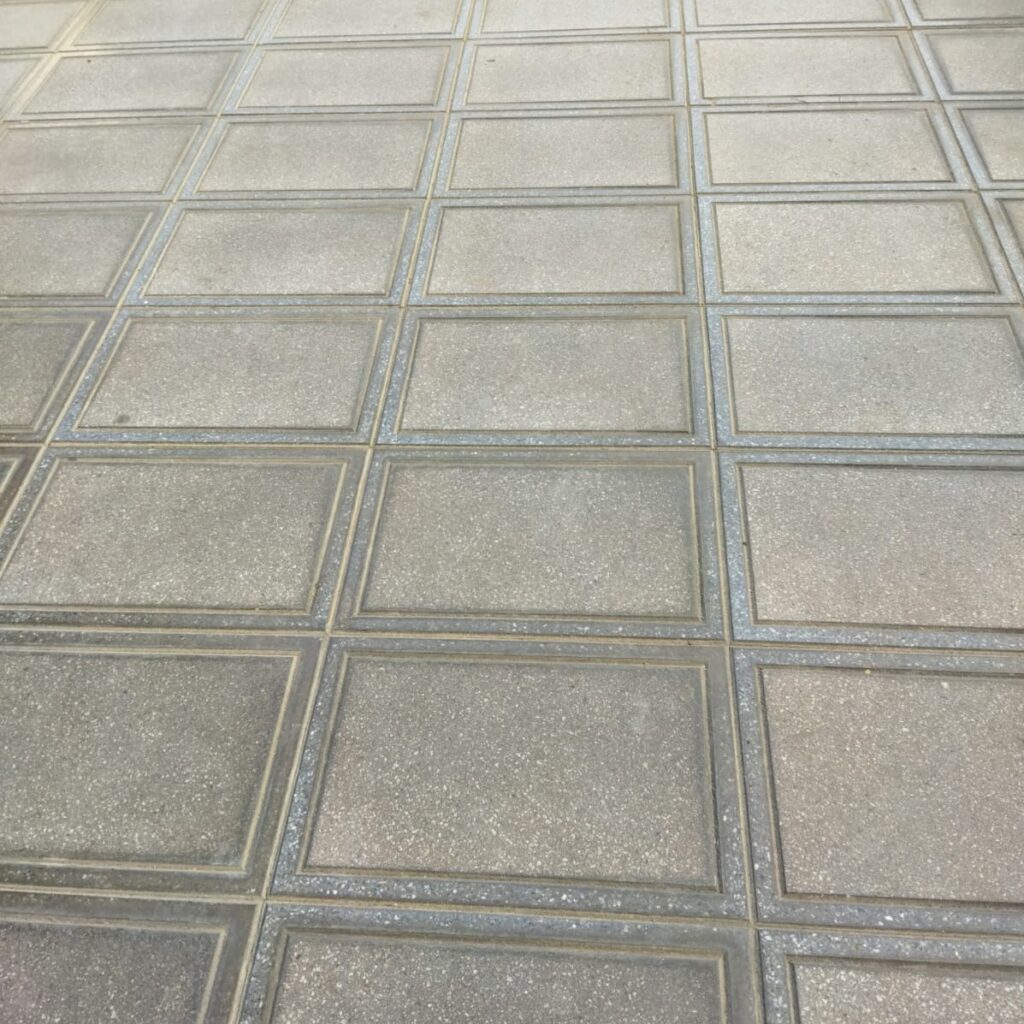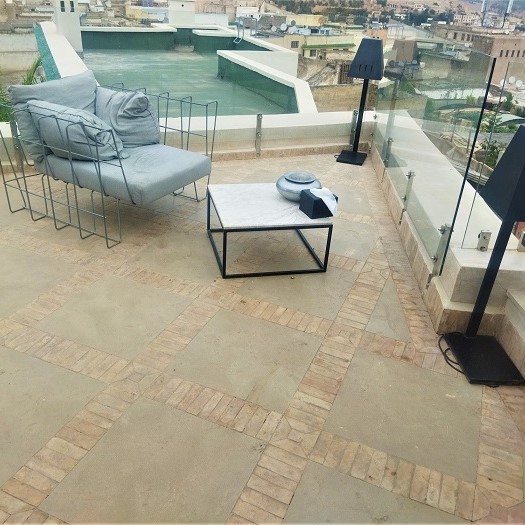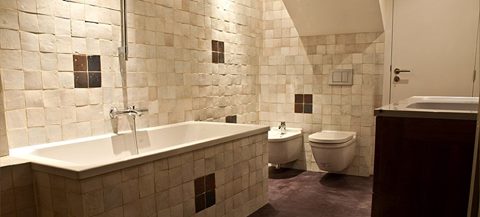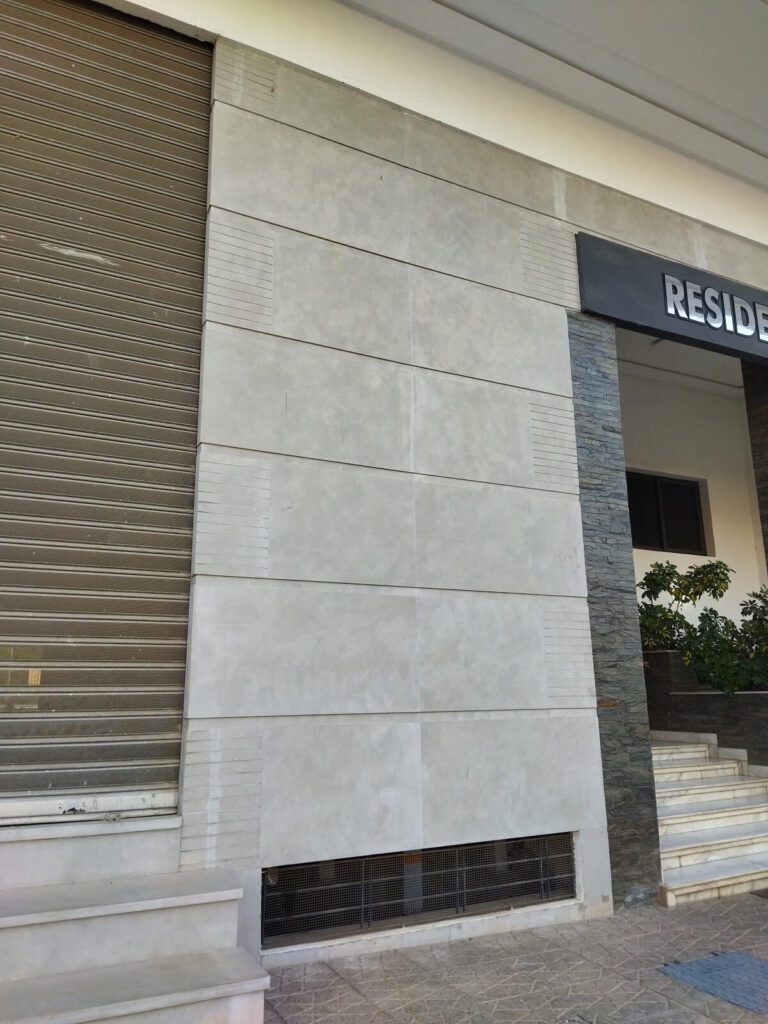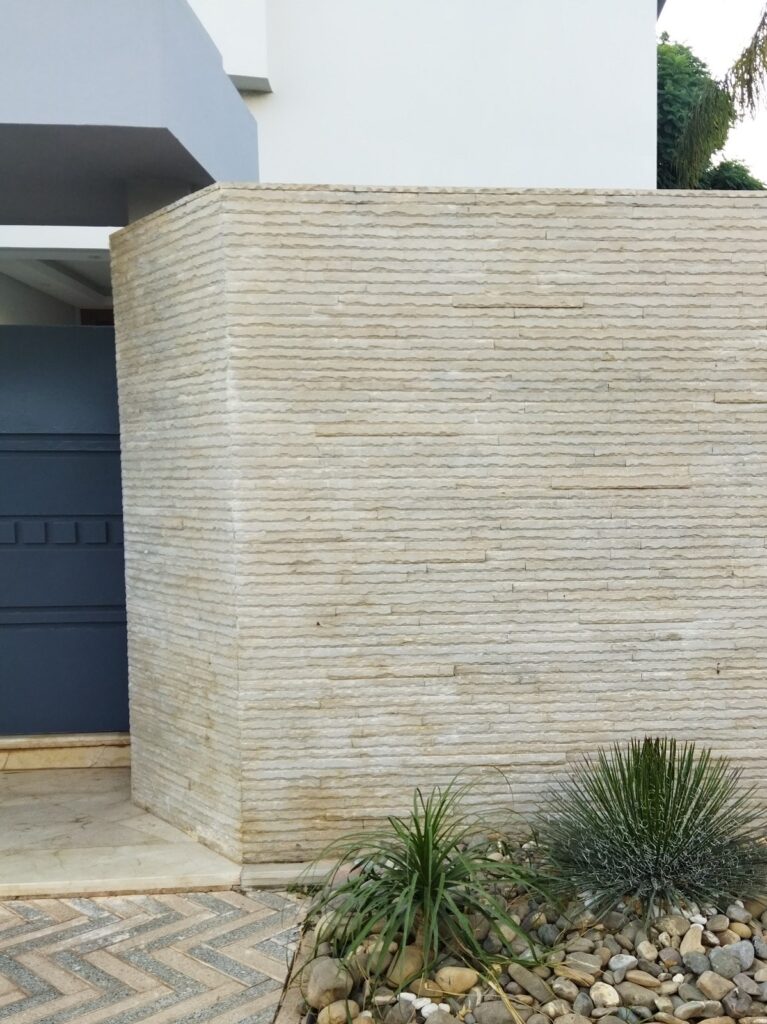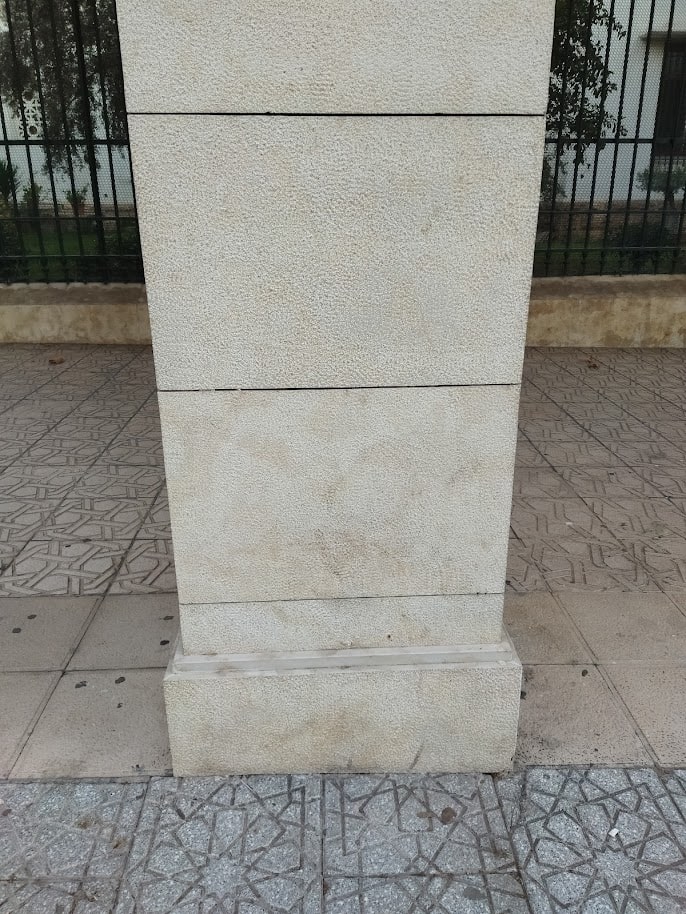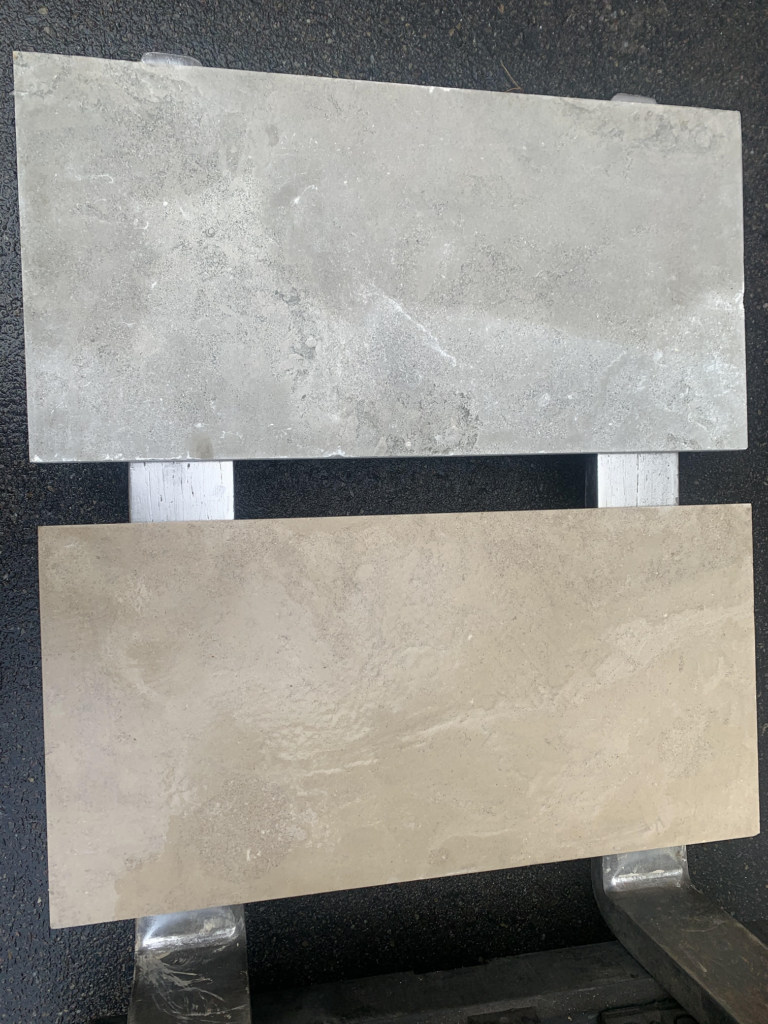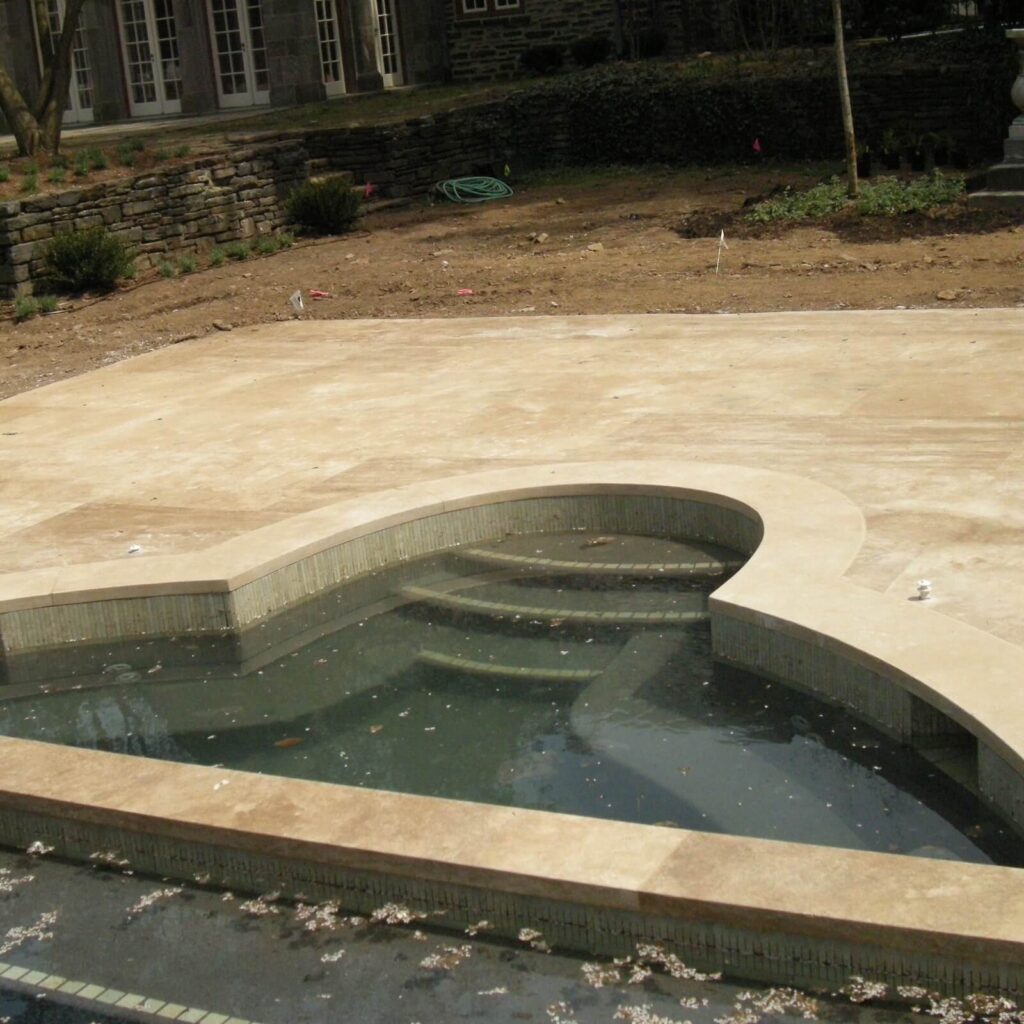Designing with Surface Finishes: Elevating Aesthetics and Functionality
Introduction
In the realm of interior and exterior design, surface finishes play a pivotal role in enhancing both aesthetics and functionality. Whether you’re designing a home, commercial space, or outdoor environment, the choice of surface treatments can dramatically impact the overall look and feel of a space. In this blog, we’ll explore the art and science of designing with surface finishes, highlighting how these choices can transform ordinary surfaces into works of art.
The Significance of Surface Finishes
Encompassing a wide range of treatments applied to materials such as wood, stone, metal, concrete, and ceramics, serving several essential purposes:
- Enhancing Aesthetics: Surface finishes can add texture, color, and pattern to surfaces, elevating their visual appeal. They create visual interest and contribute to the overall design style.
- Improving Safety: Some finishes, like non-slip coatings on floors, a bush hammer, or sandblasted stone finish, enhance safety by preventing slips and falls. These finishes are especially crucial in commercial and public spaces.
- Adding Functionality: Surface finishes can also enhance functionality by making surfaces easier to clean, more resistant to scratches, or more suitable for specific tasks.
Popular Surface Finishes
- Honed Finishes: Honed surfaces have a matte or satin appearance with a smooth texture. They provide a subtle elegance and are often chosen for countertops, flooring, and bathrooms.
- Textured Finishes: Textured finishes add depth and character to surfaces. They can range from subtle patterns to dramatic textures, such as Etruscan Texturetm, providing visual interest and tactile appeal. Textured finishes are popular in wall coverings, pavers, tiles, and exterior cladding.
- Anti-Slip Finishes: These finishes prioritize safety, especially in wet or high-traffic areas. They incorporate slip-resistant materials or textures to reduce the risk of accidents. A bush hammer surface finish is ideal for residential or commercial step treads.
Design Considerations
When designing with surface finishes, consider the following factors:
- Design Style: The choice of finish should align with the overall design style of the space, whether it’s modern-contemporary, traditional, industrial, or eclectic.
- Functionality: Determine the intended use of the surface. High-traffic areas may require more durable and easy-to-clean finishes, outdoor step treads will require a more textured finish for safety purposes, and decorative elements, such as accent walls, can benefit from unique textures and patterns.
- Maintenance: Consider the level of maintenance required for the chosen finish. Some finishes may need regular cleaning and sealing, while others are virtually maintenance-free. For example, we don’t recommend a bush-hammered surface for interior flooring because it is difficult to clean inside. Outside, it can easily be hosed off.
- Color and Material Compatibility: Ensure that the finish complements the color palette and material selection in the design. A harmonious combination enhances the overall aesthetic. When a natural stone surface is bush-hammered or sandblasted, the stone becomes lighter in color.
Conclusion
Designing with surface finishes is a multifaceted endeavor that blends aesthetics, functionality, and practicality. These finishes have the power to elevate the look and feel of interior and exterior spaces, making them more inviting, safe, and durable.
Whether you opt for polished elegance, natural authenticity, or textured character, surface finishes offer a wide array of design possibilities. By carefully considering the style, functionality, maintenance, lighting, and material compatibility, you can harness the transformative potential of surface finishes to create spaces that are both visually captivating and highly functional.
Gothicstone Surface Finishes
Chart – suggested finishes for the various landscape applications
